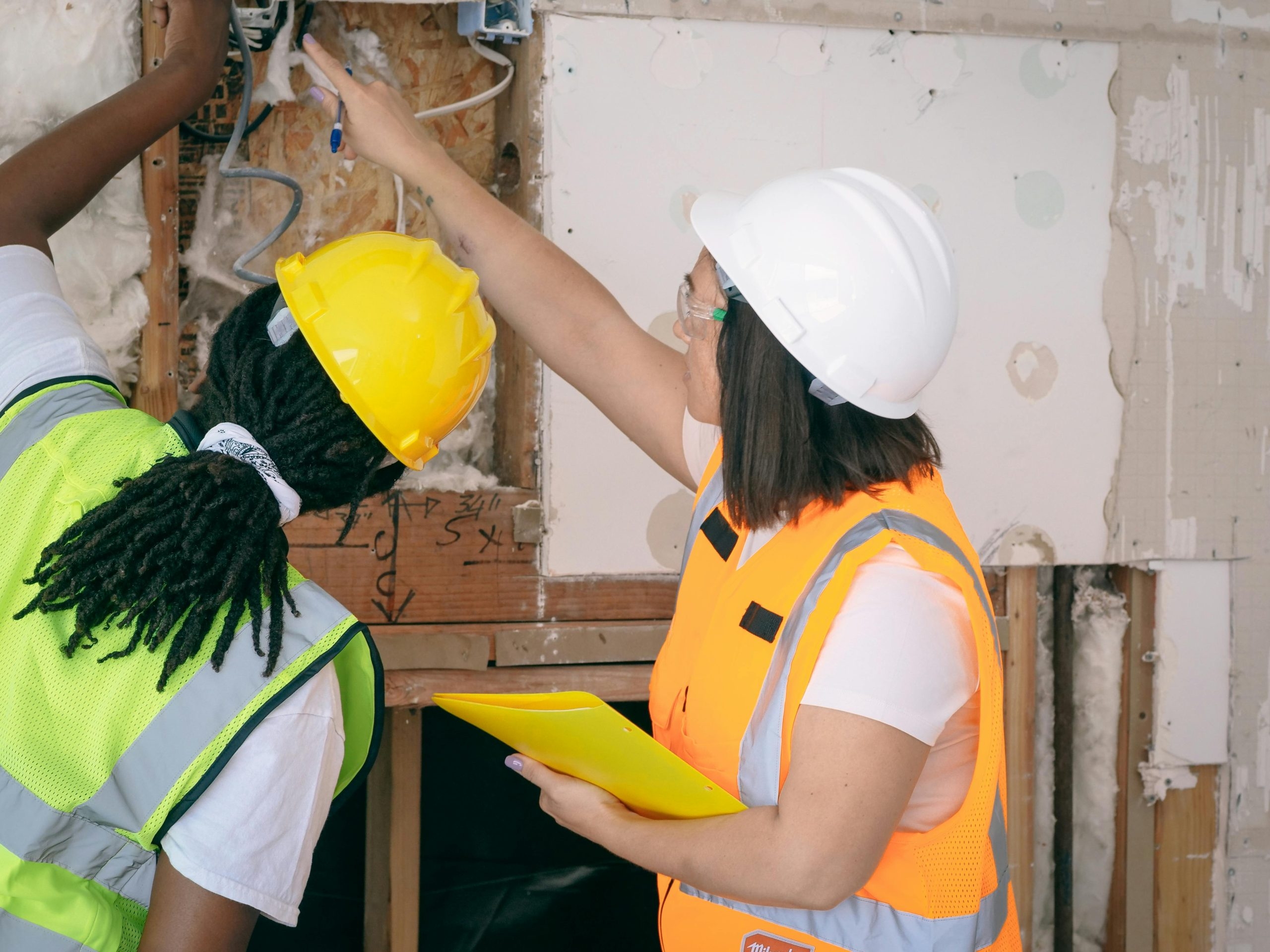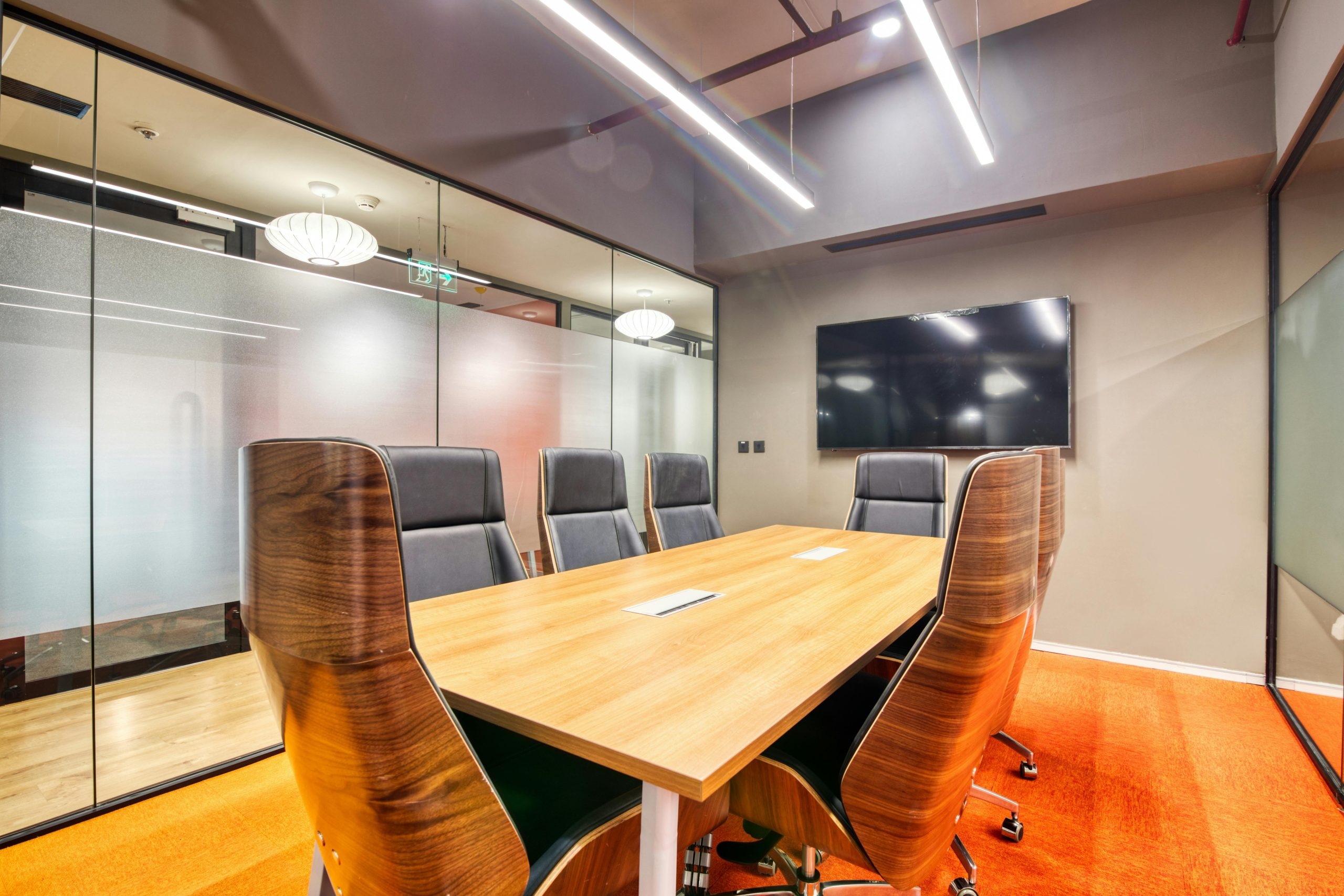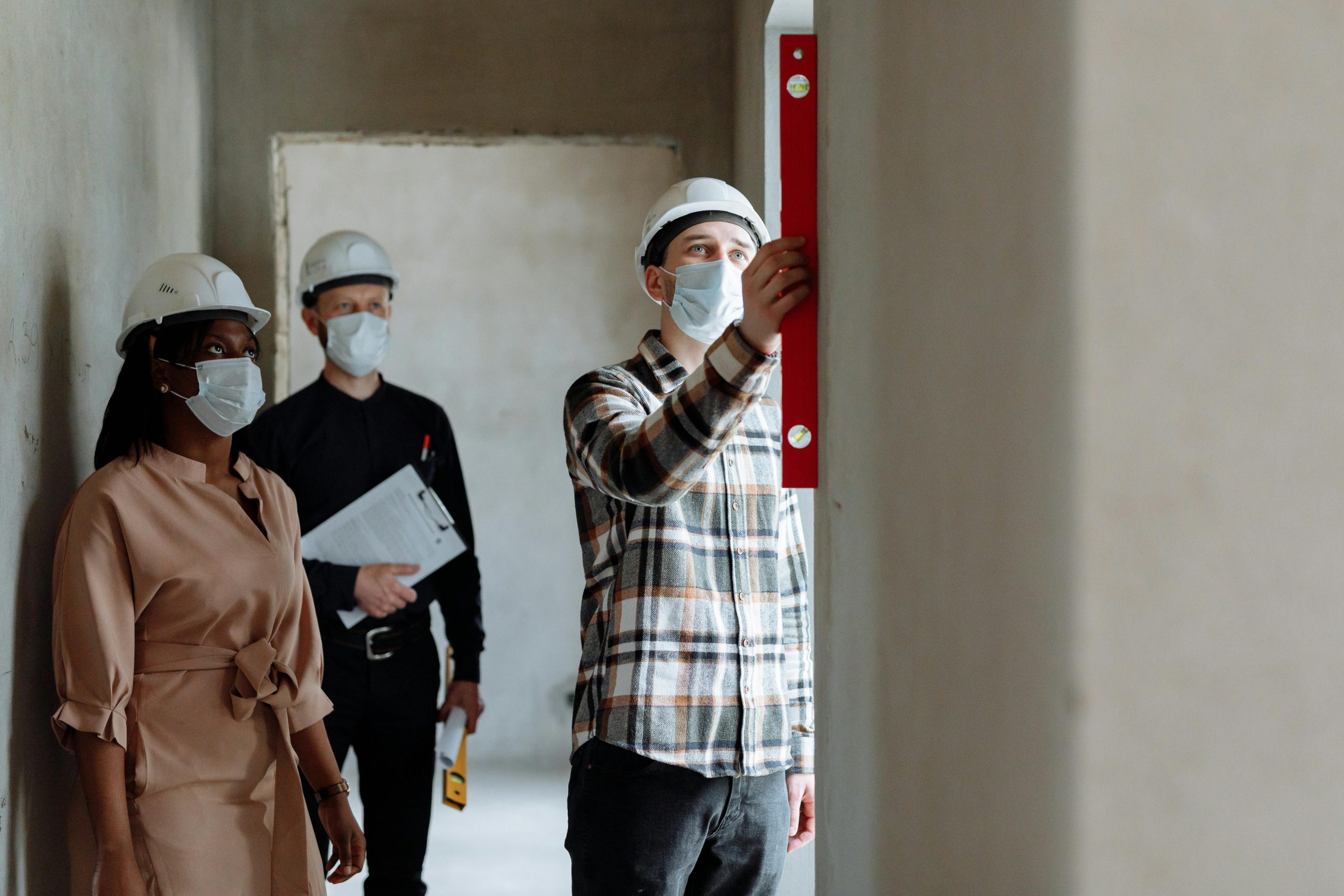Many businesses across the UK in a wide and diverse range of sectors, use and manage some form of machinery. Each year, they are many accidents that cause personal injury from minor to serious and even fatal.
This short article is aimed at providing an overview of the main causes of accidents involving machinery and effective Health and Safety Management of Machinery.
Types of Machinery Accidents at Work
They are many types of machinery accidents at work that can occur, and employees can sustain injuries by various type of machines.
Common Accidents Associated with Operating Machines
Forklifts and pallet trucks are responsible for significant numbers of accidents in the workplace. The most common type results in crush injuries and being struck by the machinery.
Crush injuries from forklift and pallet truck can be very severe, especially if a person becomes trapped under the truck resulting in amputation or even fatal.
Packaging machines and production lines are common areas where accidents can occur, for example repairs to a conveyor belt or using faulty packaging machinery can result in accidents.
Alongside crush injuries, such as fingers being caught in production lines, and workers being struck by moving machinery, workers on packaging machinery and production lines are commonly injured by heavy items falling onto them.
Electrical machinery can involve multiple potential dangers including electric shock which can be very serious if the machines operate at high voltage.
Accidents involving dangerous moving parts of machinery can be the most serious of all machinery accidents. Hazards principally associated with working on or close to machinery varies according to machine being used but generally involve contact with moving parts resulting in entanglement, friction, abrasion, cutting, shearing, stabbing, puncturing, crushing, drawing-in or entrapment.
What are the causes of accidents involving machinery in the workplace?
These can be caused by various factors, therefore managing machinery safety effectively requires a comprehensive approach.
Human Error
- Lack of training or insufficient supervision.
- Fatigue.
- Distraction.
- Complacency.
- Inadequate communication and misunderstandings.
Mechanical Failures
- Poor maintenance leading to malfunctioning parts.
- Defects or wear and tear that are not addressed promptly.
Unsafe Working Practices
- Bypassing safety controls or guards.
- Improper use of machinery, such as overloading or using the wrong equipment for a task.
Environmental Factors
- Poor lighting, excessive noise, or inadequate ventilation.
- Poor housekeeping e.g. cluttered workspaces leading to tripping hazards.
Lack of Proper Safeguards
- Absence of or poorly maintained machine guards.
- Inadequate emergency stop mechanisms.
How can we manage machinery safety effectively?
Risk Assessment
As with any aspect of Health and Safety Management, the risk assessment process is the basis from which an employer should develop a Safe System of Work for managing machinery safety.
Your risk assessment must identify potential hazards, evaluate the risks associated with hazards identified and consider the control measures needed to eliminate or reduce the level of risk.
Your risk assessment must consider other activities associated with the machinery and not just its operation e.g. any maintenance activities, cleaning, re-setting tasks etc.
Regularly review and update risk assessments to reflect changes in machinery or processes.
Training and Supervision
You must provide comprehensive training for employees on the correct use of machinery and safety protocols, and it is advised all such training is documented and records kept.
Maintenance of High Safety Standards
To maintain high safety standards, you must ensure continuous supervision and refresher training are provided.
Maintenance and Inspection
Many accidents involving machinery is a direct or underlying consequence of inadequate maintenance and inspection. Robust maintenance schedules to ensure machinery is kept in good working order and inspected to identify and address any signs of wear, defects, or potential failures.
Remember, you are in breach of Health and Safety Law if you don’t.
Safeguarding and Controls
Health and Safety law requires that access to dangerous moving parts of machinery is prevented and generally, we, as consultants usually find guarding and other safeguards are in place, but it is often poor maintenance, lack of training, incorrect use and lack of appreciation of the importance of safeguards that leads to accidents involving machinery.
You must ensure that appropriate guards, barriers and safety devices to protect workers from moving parts are installed and emergency stop buttons and other safety controls are easily accessible and functional.
Think about how you can make a machine safe. The measures you use to prevent access to dangerous parts should be in the following order.
In some circumstances, based on the type of machinery and associated hazards it may be necessary to use a combination of these measures:
Use fixed guards (for example secured with special screws or nuts and bolts that are not easily removed for unauthorised purposes) to enclose the dangerous parts, whenever practical. These are recognised as the safest, use the best material for these guards – plastic may be easy to see through but can easily be damaged. Where you use wire mesh or similar materials, make sure the holes are not large enough to allow access to moving parts.
However, fixed guards are not always practical, therefore you need to use other methods, for example, interlocking the guard so the machine cannot start before the guard is closed and it cannot be opened while the machine is still moving. In some cases, trip systems such as photoelectric devices, pressure-sensitive mats or automatic guards may be used if other guards are not practical but these need to be considered carefully and technical guidance is essential before these can be used.
Where guards cannot give full protection, e.g. certain types of woodworking machinery, use jigs, holders, push sticks etc if it is practical to do so. These methods must be accompanied with formal Safe Systems of Work incorporating risk assessments, safe operating procedures, training and information, supervision and maintenance of equipment.
Control any remaining risk by providing the operator with the necessary information, instruction, training, supervision and appropriate safety equipment.
Safe Work Practices
As explained in the previous section, Safe Operating Procedures (SOPs) are an essential element of a Safe System of Work. A SOP evolves from the risk assessment process and is a formal written document that stipulates step-by-step instruction on how to perform a task or activity that involves a significant risk one’s health and safety.
Encourage a culture of safety where employees feel empowered to report hazards or unsafe practices. This is of part of another essential element of a safe System of Work i.e., ‘Monitoring’.
Ergonomics and Environmental Controls
Through proper planning and design of a workstation and associated activities can go a long way to reduce the risk of repetitive strain injuries and other ergonomic issues, it is well worth considering this as part of your risk assessment process.
Ensure the work environment is well-lit, ventilated, and free of unnecessary noise and distractions.
Personal Protective Equipment (PPE)
You will often hear the comment ‘PPE should only be considered as a last resort of risk control’ but don’t allow this you to dismiss the importance of PPE even when other more effective controls are in place. PPE should be used if identified as necessary as part risk assessment process, if statutorily required or as a site-specific control or safety rule.
When PPE has been provided, it is important to supervise and monitor its effective use and that is well-maintained and readily available to all workers.
Emergency Preparedness
Irrespective of all your efforts to control risk, accidents and other emergencies can occur, it is imperative therefore that you develop, and practice emergency response plans specific to machinery-related incidents in your workplace.
Ensure you provide your workplace with enough and suitably equipped first aid kits and ensure all workers know how to respond to accidents that that first aid.
Also bear in mind, when assessing the need for first aid personnel i.e., numbers and training, you also need to consider the level of risk associated with your business. Where machinery is involved, it is likely your business will be considered medium to high risk which would generally involve the need for fully trained first aiders.
Summary
As Health and Safety Consultants, we visit many businesses using a wide variety of machines and sadly on many occasions we have been surprised by the lack of suitable and well-maintained safeguards in place to avoid or reduce the risk of accidents.
In our personal experience in industry, we have seen the consequences of serious accidents and often we have been involved in the investigation of accidents, the main aim of which is to identify the direct and underlying causes, the most surprising of which were those involving the deliberate interference with safety devices, especially machine guards, the purpose of which are designed to prevent access to dangerous moving parts by the operator or other workers either with or without the consent of management. Both fixed and interlocking guards are designed to isolate the energy (e.g., the electrical supply) to the machine bringing dangerous moving parts to a halt as soon as the guard is removed or open. This unsafe practice is extremely dangerous, can result in serious or fatal and result in prosecution of the employer and individual employees.
Additionally, they are occasions where employers have constructed/fitted their own non-standard guards. It is important to understand that guards, guarding systems and other safety devices provided on machinery must comply with relative H&S legislation and BS EN Standards. This involves considerable technical detail that only those with an appropriate level of competence can apply, for example guarding must comply with the Health and Safety at Work etc. Act 1974 and the Provision and Use of Work Equipment Regulations 1998 (PUWER) and other relative regulations. PUWER requires that machinery must be properly guarded to prevent access to dangerous moving parts and to stop the movement of any dangerous part of machinery or rotating stock-bar before any part of a person enters a danger zone.
Common BS EN Standards relating to Guarding and Safety Devices.
Guarding should conform to relevant British Standards (BS) and European Norms (EN), such as:
BS EN ISO 14120:2015 - This standard specifies general requirements for the design, construction, and selection of fixed and movable guards designed to protect persons from mechanical hazards.
BS EN ISO 13857:2019 - This standard provides guidelines on safety distances to prevent parts of the human body from reaching hazardous areas of machinery.
BS EN ISO 14119:2013 - This standard covers the principles for the design and selection of interlocking devices associated with guards used in machinery safety applications.
BS EN ISO 12100:2010 - This standard provides the basic concepts, principles, and methodology for achieving safety in the design of machinery. It combines the content of the previous versions of EN ISO 12100 and EN ISO 14121-1.
BS EN 60204-1:2018 - These standard deals with electrical safety and includes important requirements for the electrical equipment of machines (Machinery).
BS EN 953:1997+A1:2009 - Safety of machinery. Guards. General requirements for the design and construction of fixed and movable guards. Although superseded by BS EN ISO 14120:2015, this standard still provides relevant guidelines for older machinery (Machinery).
It is also important to be aware that if the machinery is being placed on the market or put into service for the first time, it must bear the CE marking, indicating compliance with the Machinery Directive 2006/42/EC.
New machinery must be designed and constructed in such a way as to prevent risks of contact which could lead to accidents.






